Argentinian art
A vast panorama of Argentinean art, including works by its greatest representatives
Browse collection ›More information
From June 29, 2019 to Sept. 15, 2019
Rooms 32 and 33, first floor
38 works on display
Curator: Pablo Thiago Rocca
Download press kit
Pedro Figari is a crucial figure in Latin American art for a number of reasons. Though a prominent personality in Montevideo high society, he portrayed the Afro-Uruguayan population without prejudice, in a manner befitting a man of his republican and progressive ideals. His representations of the social life of descendants of slaves do not convey a sense of victimization or voice protest, but rather celebrate a humble life in moments of rejoicing. That passionate and ingenuous vision is, in Figari’s case, steeped in respect and, above all, interest in the ways of life of those forced to endure conditions at odds with their very humanity.
In his work, there is none of the racism that beset conceptions of ethnic difference at the time. He even manages to avoid the exoticism of the avant-gardes with whom he came into close contact during his trip to Paris in the mid-twenties. His work is patently political: he asserts the equality of human beings, regardless of class or identity, and urges acceptance of difference.
As Borges put it, Figari’s paintings narrate a lyrical melancholy: his phantasmal figures are suggestive of those who have endured injustice; they recall a past that acts in the present. His work binds together the region’s pictorial traditions insofar as many of his scenes are also represented in explicitly social art while his vision is close to avant-gardes that looked to the sensorial memory of working-class life.
Curated by Pablo Thiago Rocca, director of the Museo Figari, and organized jointly by the Museo Nacional de Artes Visuales of Uruguay, under Enrique Aguerre, and the Museo Nacional de Bellas Artes of Argentina, Figari: mito y creación proposes a joint vision of art movements in the región—that is, in Uruguay, Brazil, and Argentina—that are not often conceived together.
Andrés Duprat
Director. Museo Nacional de Bellas Artes of Argentina
----------
Figari: mito y creación brings together some thirty paintings by Uruguayan artist Pedro Figari (Montevideo, 1861-1938). The artist’s first show in Buenos Aires was held when he was sixty years old.
Figari’s painting at that time revolved around what he called the legend of the Río de la Plata: it looked to the past and to fantasy as it re-created the colonial courtyards and soirées of the wealthy classes, the dances of the local gauchos and chinas—as their indigenous companions were called—and the topnotch candombe music of Afro-Uruguayans, both slaves and freemen. In his vision of the passage to modernity, his preferred characters are anonymous individuals and their daily struggles, those often overlooked by history books.
The artist’s talent as maker of myths was not limited, though, to that project—regardless of its ambition—which won him fame first in Argentina, then in France, and finally the world over.
Restless, exuberant, and unpredictable, Figari created with his brushes a series of motifs with which to reflect—with humor, precision, and depth—on the human condition. His themes ranged from the primitive life of cavemen to the majestic landscapes of Venice, by way of bullfights, crimes of passion, religious processions, bocce players, and others.
Figari: mito y creación features not only Figari’s emblematic works, but also those lesser known by museum-goers. All of them are equally rich in the imagination of the great fabulist that was don Pedro Figari.
Pablo Thiago Rocca
Director of the Museo Figari
----
Imagen: Fantasía (Fantasy), Oil on cardboard, 61 x 79.5 cm. Museo Figari Collection
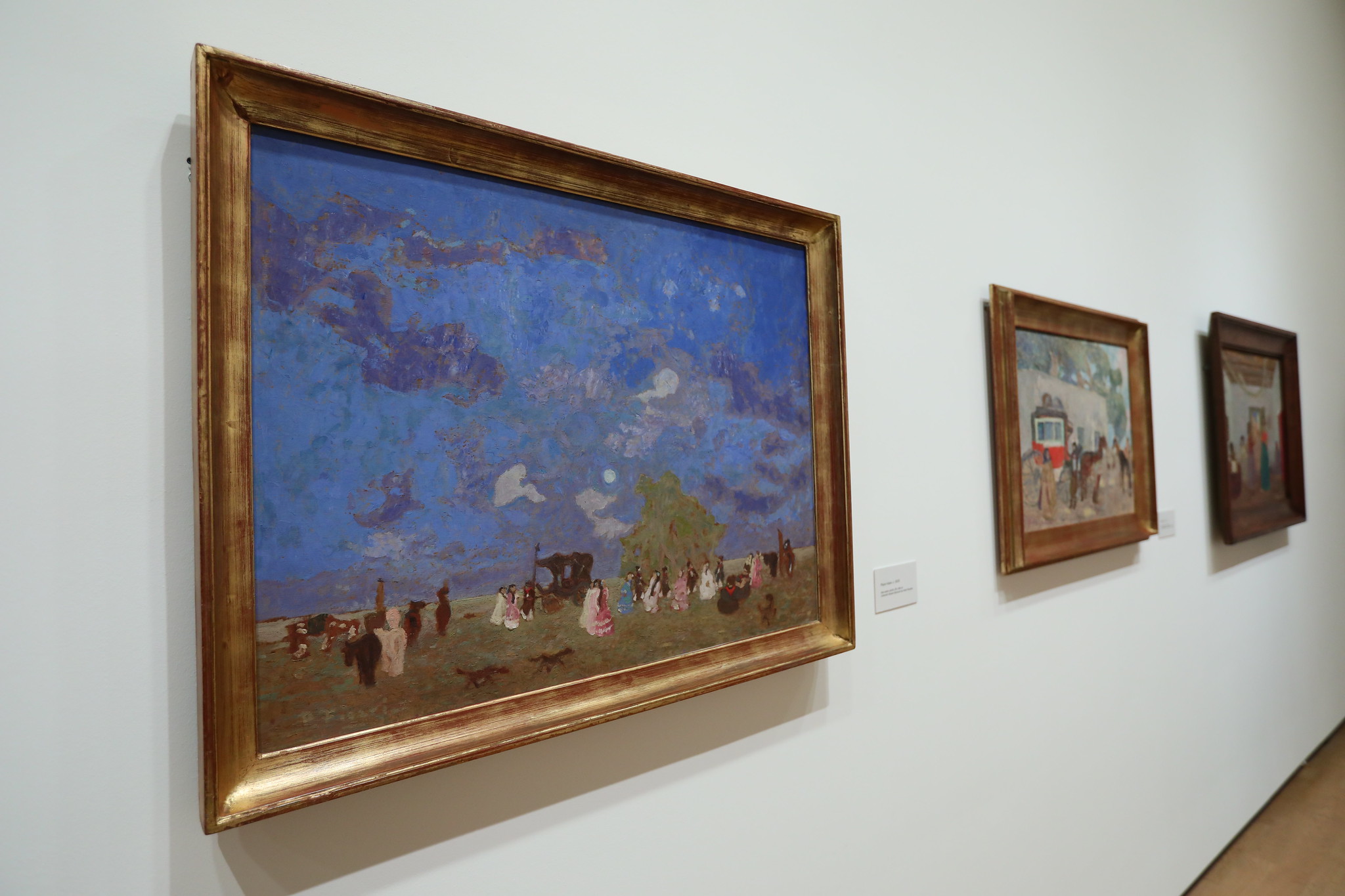
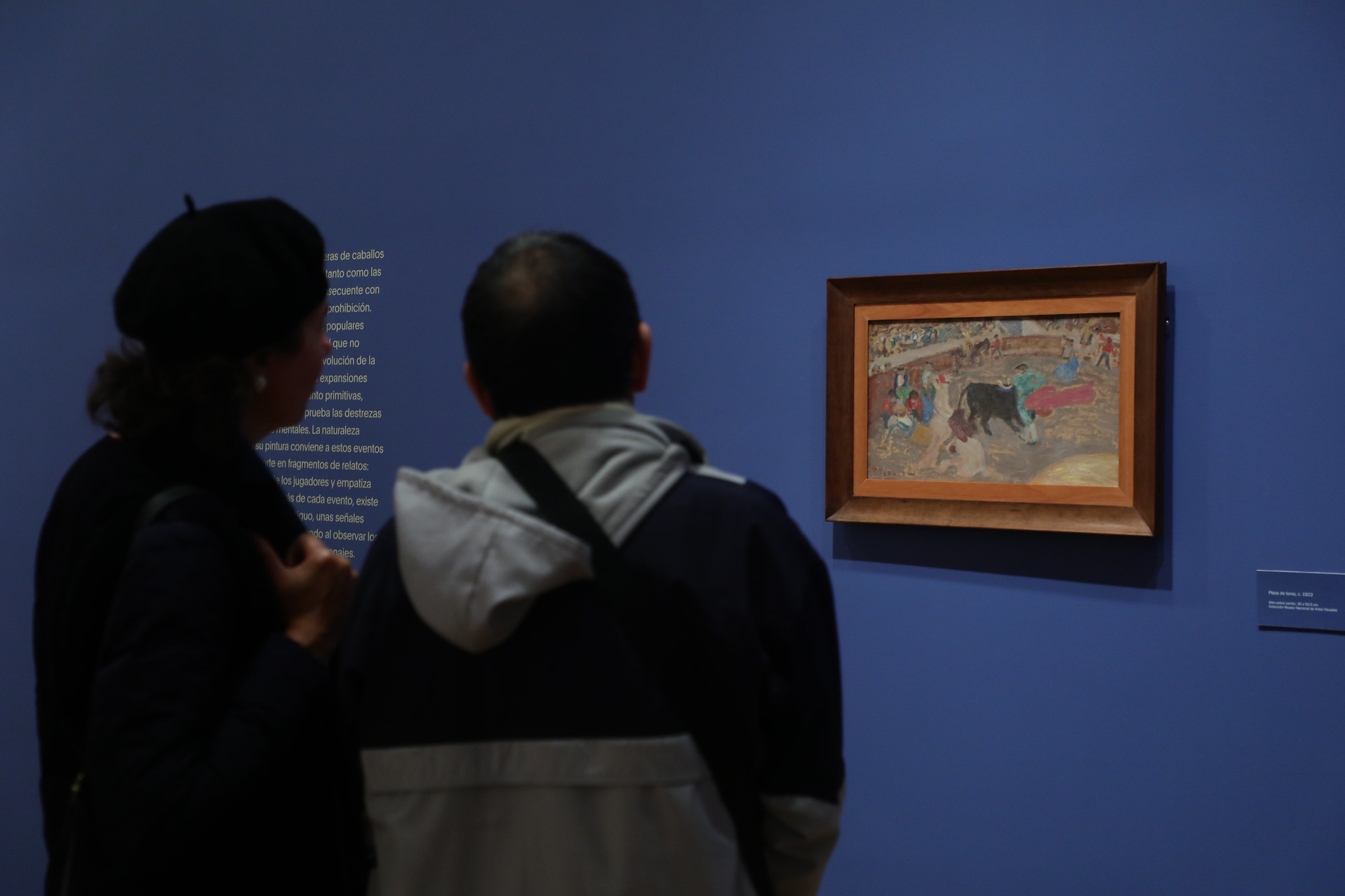
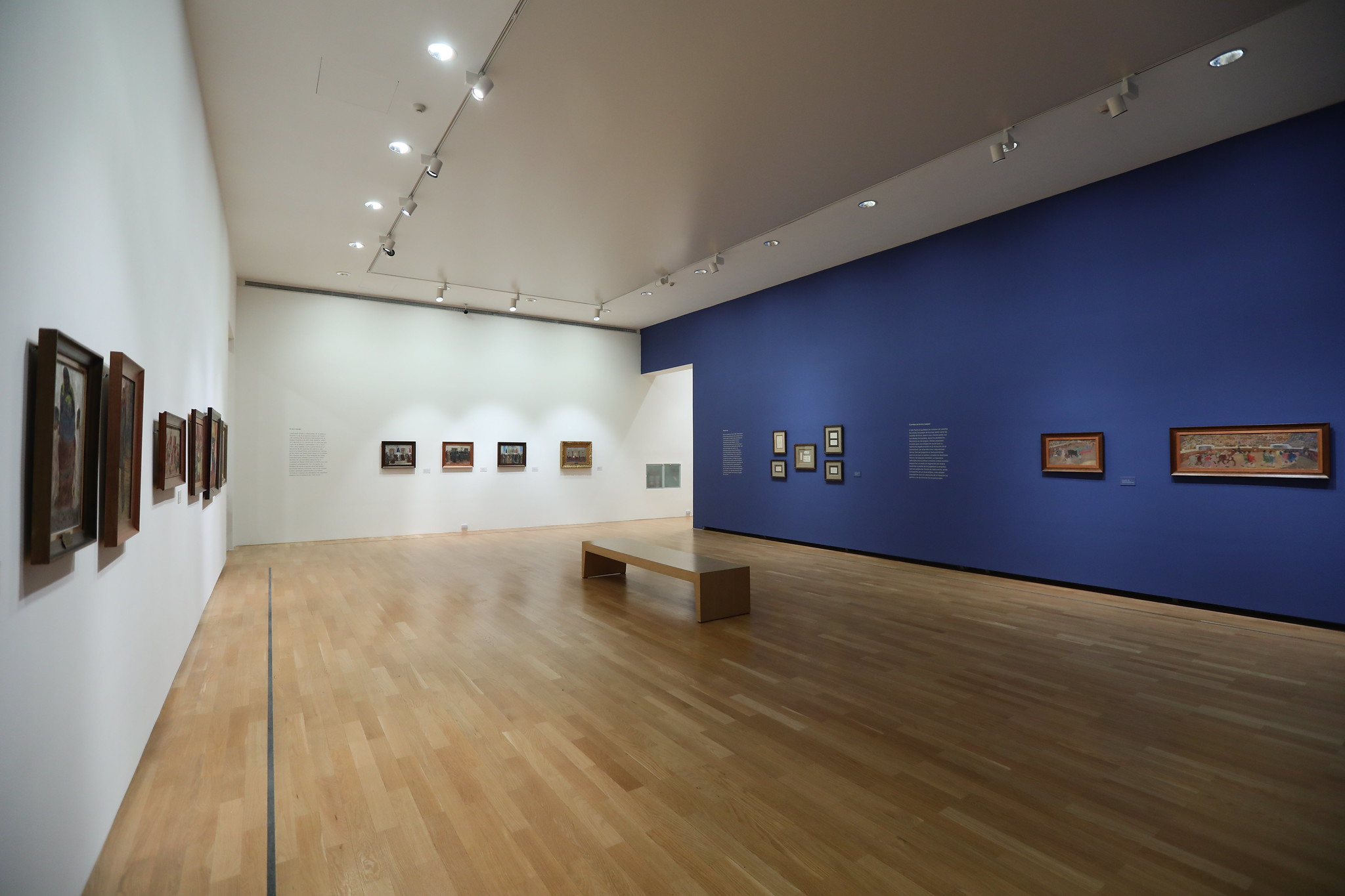
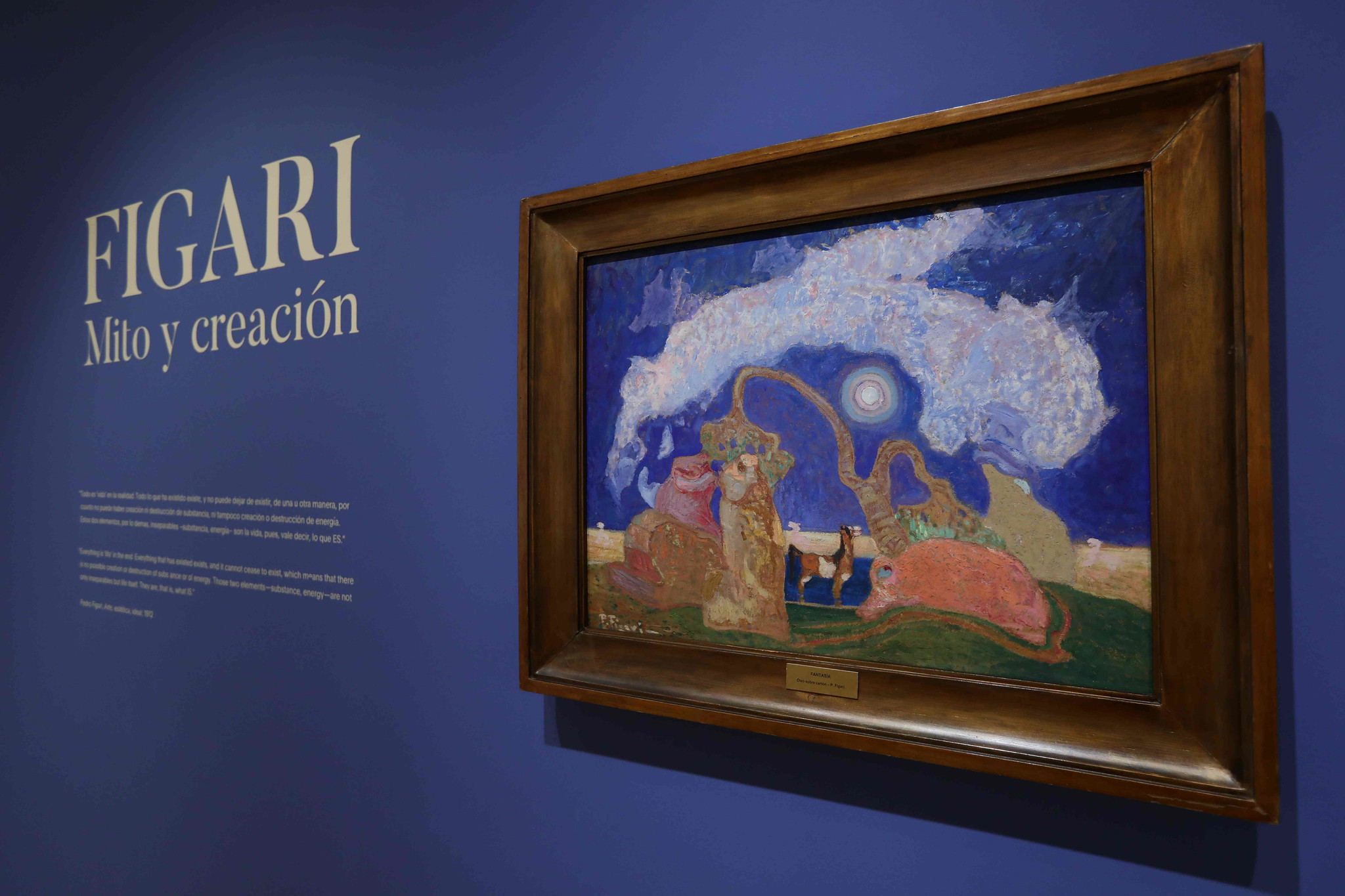
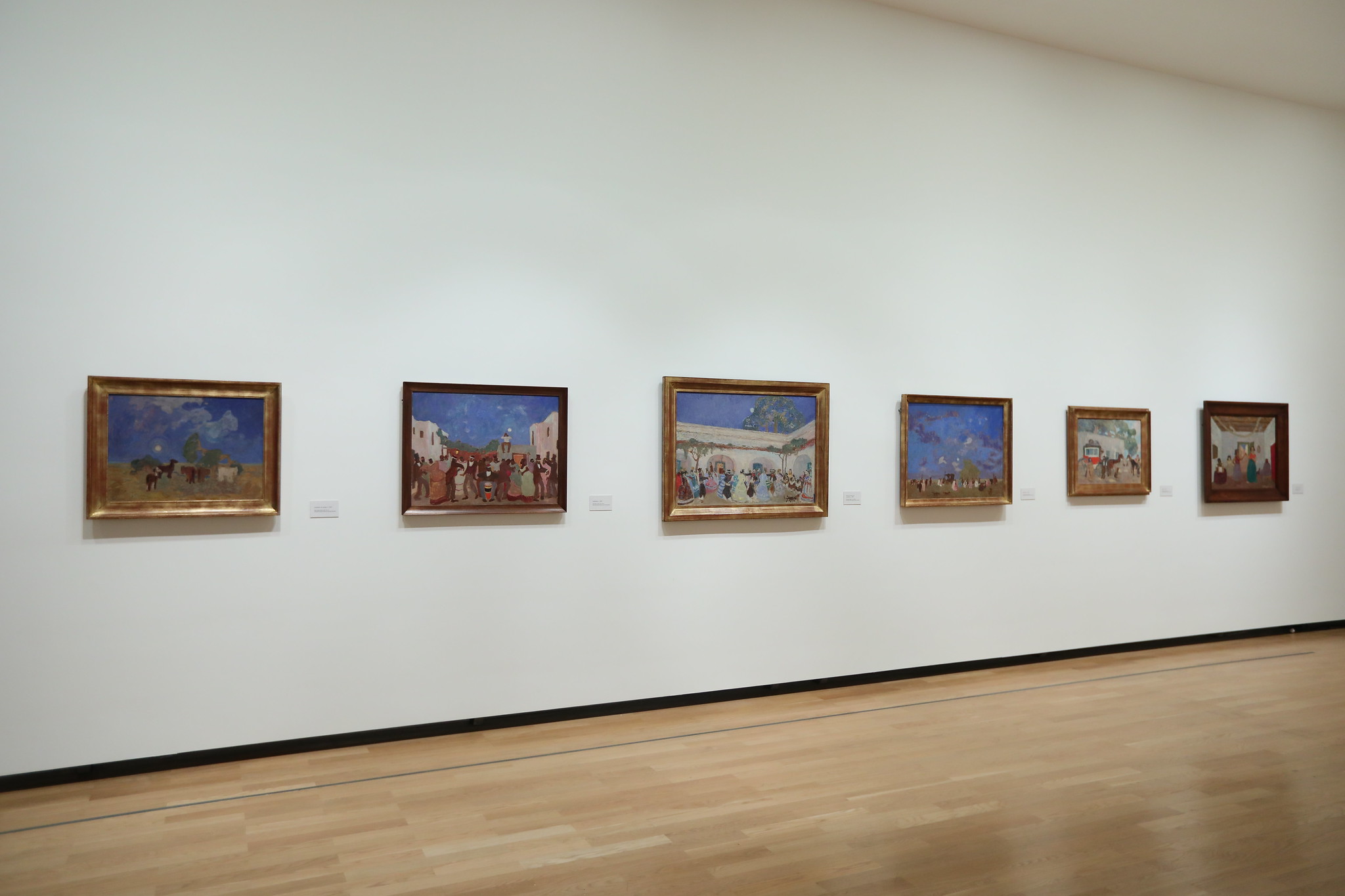
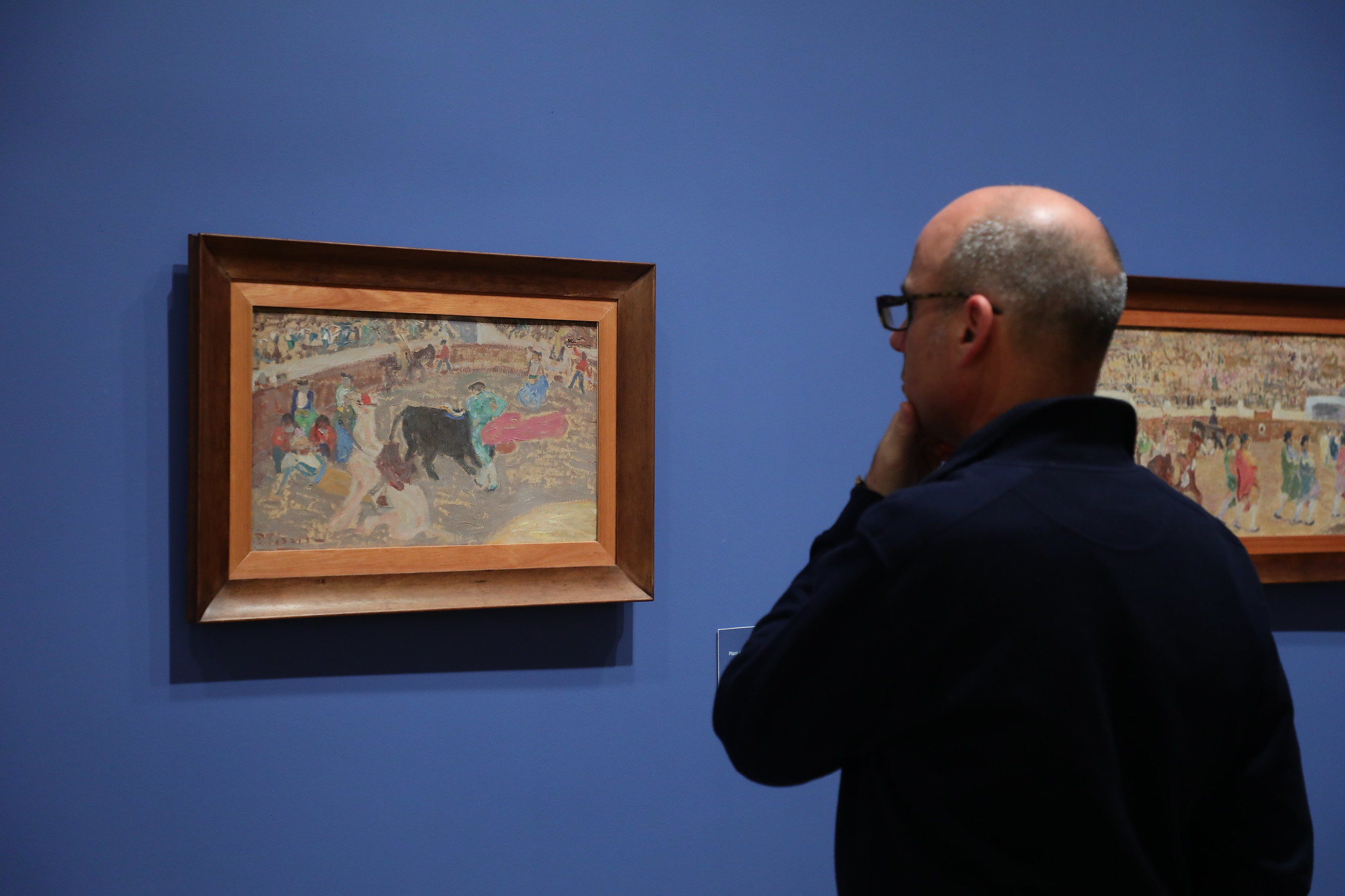
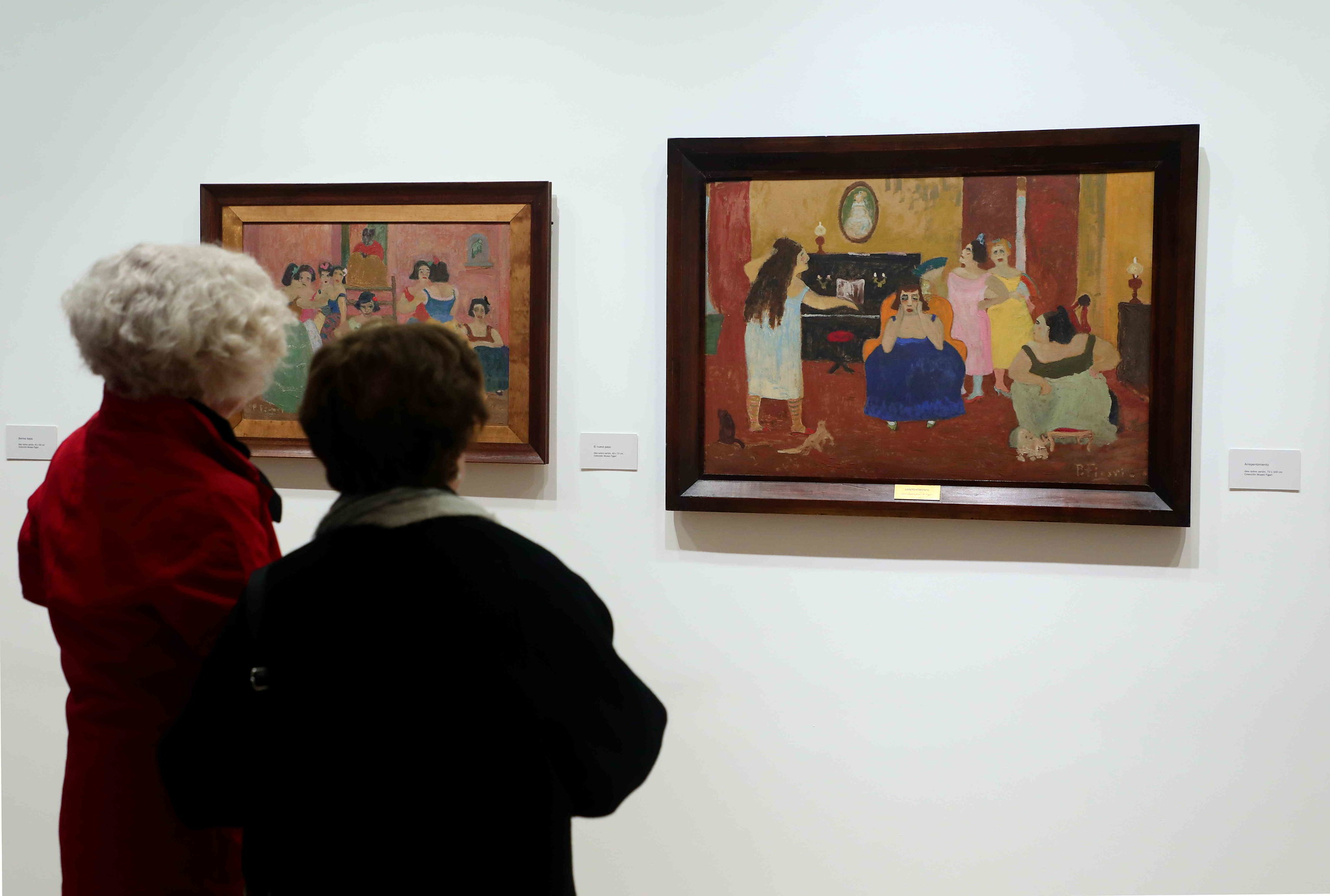
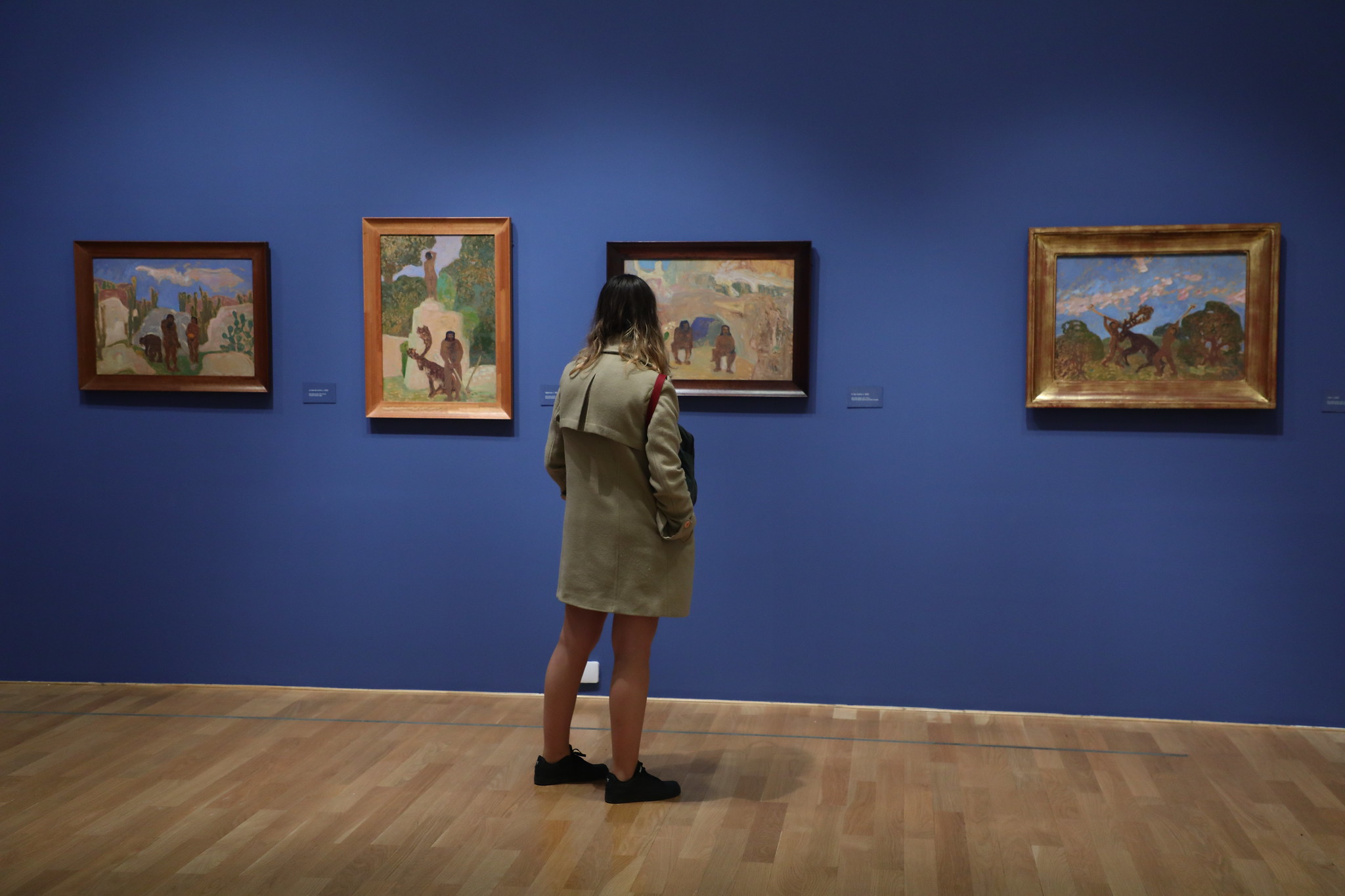
A vast panorama of Argentinean art, including works by its greatest representatives
Browse collection ›Get to know the great works on exhibit, and more
Browse collection ›